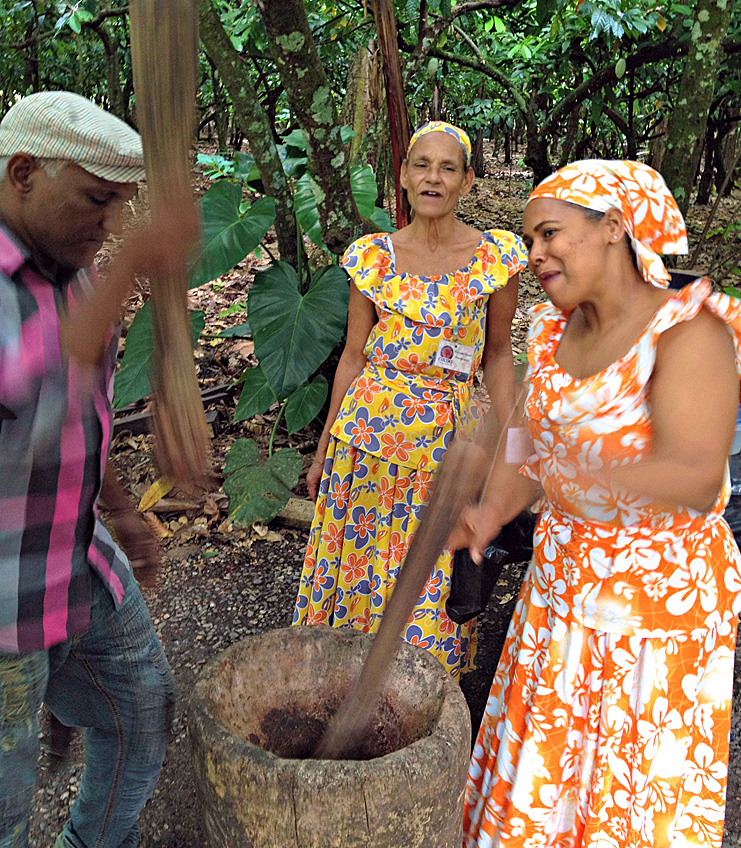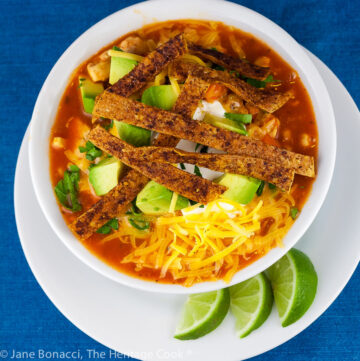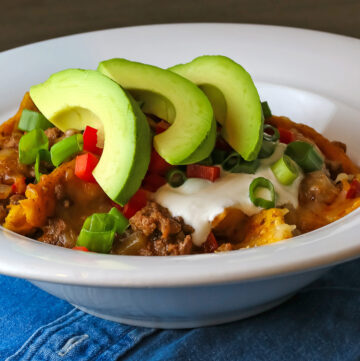While I am traveling on business during the next several weeks, some of my friends have graciously sent me articles and photographs to share with all of you. I can’t wait for you to meet each one and discover new blogs to follow and meet some of the best talent in the industry!
Today you are in for a real treat. Marnely Rodriguez-Murray is a chef on Martha’s Vineyard and graduate of the Culinary Institute of America (CIA). Marnely is a native of the Dominican Republic, clever and intelligent, incredibly fun to be with, and one of the nicest people I’ve had the pleasure to meet. She is the brains and beauty behind Cooking With Books! When I asked her to write something for our ever-popular Chocolate Mondays, she wondered if people would be interesting to learn how cacao is grown and becomes the base from which chocolate is made. What a wonderful opportunity to learn about the source of our favorite ingredient!
On one of her trips to see her family, she visited a cacao farm. Today she is sharing that experience and information about the cacao production of the Dominican Republic! I learned a lot from reading her article and really enjoyed the photos. They bring chocolate to life and gave me even more respect for the process that brings chocolate to our stores. I hope you enjoy this too.
* * * * * * * * * * * * * *
If I were to ask you where some of the best organic cacao comes from, what would you answer? If you answered Dominican Republic, you’re absolutely right! A rich, cacao-producing Caribbean island, the Dominican Republic isn’t only home to some of the best chocolate, but it’s my home island as well! I grew up on this warm island, consuming chocolate in all its forms: hot cocoa (made with water and ginger), chocolate birthday cakes topped with meringue, and chocolate prune bread pudding that my mother made on weekends.
On a recent visit, my husband and I had a chance to visit El Sendero del Cacao, an organic cacao farm located in San Francisco de Macoris (a small province of the DR) and owned by one of the largest chocolate makers in the country, the Rizek family.

Cacao pods about ready for harvesting
Strolling through the farm with a cup of their fabulously rich ginger hot chocolate, the farmers walked alongside us telling us the story of the farm – their story. Let me just tell you, once you see cocoa pods, as a chocolate lover, your life is complete. It completes the circle of your chocolate adoration, it’s when you become one with the chocolate. Romantic much? Forgive me for sounding too corny, but I fell in love with chocolate all over again while at the farm.
The tour starts by walking towards the center of the farm, explaining to us the organic methods the farmers use to maintain the trees’ health. One of their methods where snakes! Yes, you read that correctly. The farmers bring snakes into the farm to eat the rats that tend to eat the cacao pods on the trees! Nature at it’s finest, right? Thankfully, we didn’t encounter any snakes on our tour.

The interior of cacao pods
Stopping next to a tree that was hanging low with some cacao ready for the picking, the farmers grabbed a couple of pods and took a machete to them, breaking them open for us to taste the cacao pulp. Did you know that not all cacao pods ripen at the same time? Thus, this farm manually harvests all the trees, picking only the pods that are at their peak. This manual harvest is time consuming, but the best way to go about this while taking care of the trees and their precious fruit.
After the fruit is harvested, the cacao pulp is removed from the pods. The pulp holds the cacao nib, but it first needs to be fermented and dried. This not only develops the flavor of the cacao, but it creates a finally better product.
After the pulp has dried and “melted away” from the cacao nib, it’s time to naturally dry the cacao in the hot, Caribbean sun. Mind you, this is not the roasting that we typically know of, but just drying the cacao to get it ready to ship to vendors across the world.

Ready to be turned into chocolate!
I am sure Marnely would be more than happy to answer any questions you have. For more information on how manufacturers take the cacao from bean to bar, visit this article from ChocoMap. And if you want to do your own taste tests, here is a list of some of the companies that use and sell Dominican cacao:
- Cacao Prieto
- Mast Brothers Dominican Republic
- Olive & Sinclair Chocolate Co.
- Tony Caputo’s Deli / Dick Taylor Dominican Chocolate
To learn more about Marnely, follow her food adventures, and discover her delicious recipes, make sure you visit Cooking with Books. And to find her on social media, click on these links:
Twitter: https://twitter.com/nella22
Facebook: https://www.facebook.com/CookingwithBooksBlog
Instagram: http://instagram.com/marnely
Pinterest: http://www.pinterest.com/nella22/
Create a New Tradition Today!
Unauthorized use, distribution, and/or duplication of proprietary material from The Heritage Cook without prior approval is prohibited. This includes copying and reprinting content and photographs. If you have any questions or would like permission, I can be contacted via email at theheritagecook (at) comcast (dot) net. Feel free to quote me, just give credit where credit is due, link to the recipe, and please send people to my website, www.theheritagecook.com. Please see the Disclaimers page for additional details.
This site is not intended to provide medical advice. The suggestions here are not intended as dietary advice or as a substitute for consulting a dietician, physician, or other medical professional. It is the reader’s sole responsibility to determine which foods are appropriate and safe for their family to consume. Always consult your doctor. The author makes no claims regarding the presence of food allergens and disclaims all liability in connection with the use of this site.
Thank You!










